$4.2 million research facility to ‘bridge the gap between lab and fieldwork’
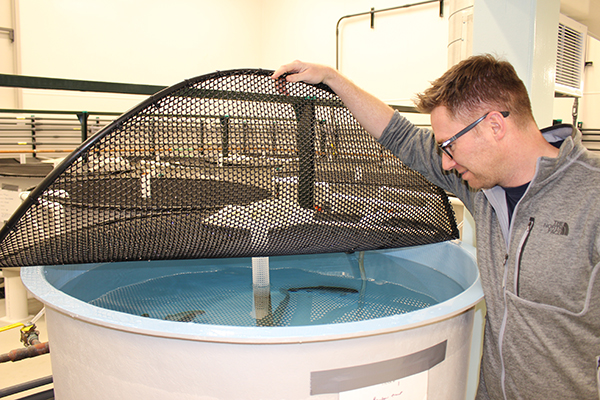
With fish species under threat from global warming, the University of Waterloo in Ontario, Canada, has opened a new research facility to study the effects of climate change on fish stress. The Waterloo Aquatic Threats in Environmental Research (WATER) facility aims to “simulate and research aquatic stressors and threats” to better prepare to address and prevent current and future problems. A two-year, CAD $5.2 million (U.S. $4.2 million) project undertaken by the Faculty of Science, the facility is now ready to undertake research.
“Many environmental changes are impacting both wild and aquaculture fish,” said Paul Craig, a professor in the Department of Biology and one of the lead researchers in the new WATER facility. “Our new multi-million-dollar facility will allow researchers to bridge the gap between lab and fieldwork by studying the impact of climate-related stressors in a controlled environment.”
As one of the largest aquatic test facilities in Ontario, the facility has the capability of studying a wide range of aquatic organisms: from Canadian cold-water fish to tropical fish and amphibians. The facility is also equipped to trace the multi-generational effects that different environmental stresses could have on aquatic life over multiple lifespans.
New technologies, including a pathogen challenge area, will allow researchers to study the impact of disease agents and contaminants of concern on aquaculture, expose populations to controlled climate-related stressors like water temperature and oxygen saturation levels and measure the effects of human-centric pollution such as wastewater on aquatic ecosystems.
“With the opening of the WATER facility, we are looking to expand our research areas and expertise, and invite researchers across Canada in areas water research and aquatic conservation to collaborate with us to carry out new and innovative research,” Craig said.
As part of its commitment to sustainability, the WATER facility is reducing water usage by 90 percent compared to the groundwater flow-through system that was previously used in aquatic research at Waterloo.
Follow the Advocate on Twitter @GSA_Advocate
Now that you've reached the end of the article ...
… please consider supporting GSA’s mission to advance responsible seafood practices through education, advocacy and third-party assurances. The Advocate aims to document the evolution of responsible seafood practices and share the expansive knowledge of our vast network of contributors.
By becoming a Global Seafood Alliance member, you’re ensuring that all of the pre-competitive work we do through member benefits, resources and events can continue. Individual membership costs just $50 a year.
Not a GSA member? Join us.
Author
Tagged With
Related Posts
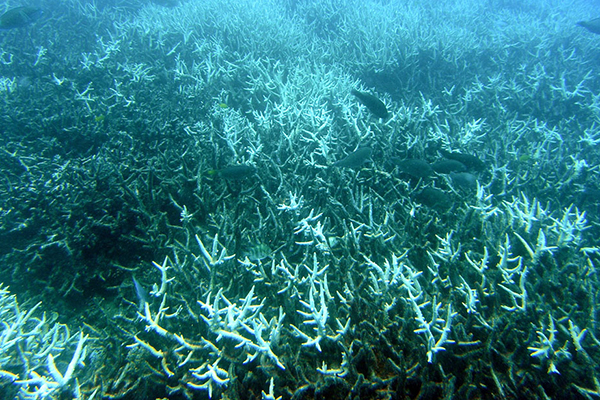
Responsibility
Study: 2021 breaks record for hottest ocean temperature
New research shows the ocean temperature in 2021 was the hottest ever recorded by humans, and the effects of ocean warming are "far-reaching."
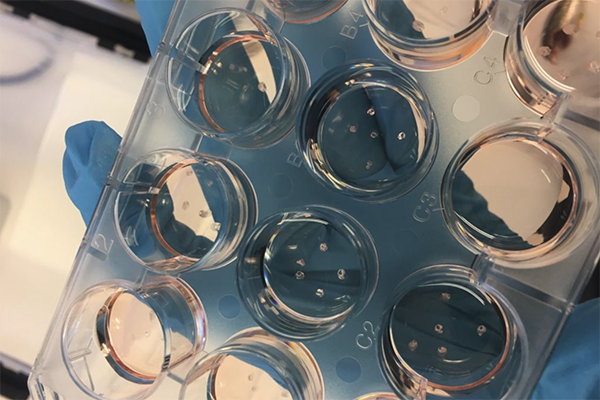
Responsibility
Norwegian researchers addressing climate change-related stress
Nofima is developing a methodology to help aquaculture understand climate-change-related stress for species like cod, salmon and lumpfish.
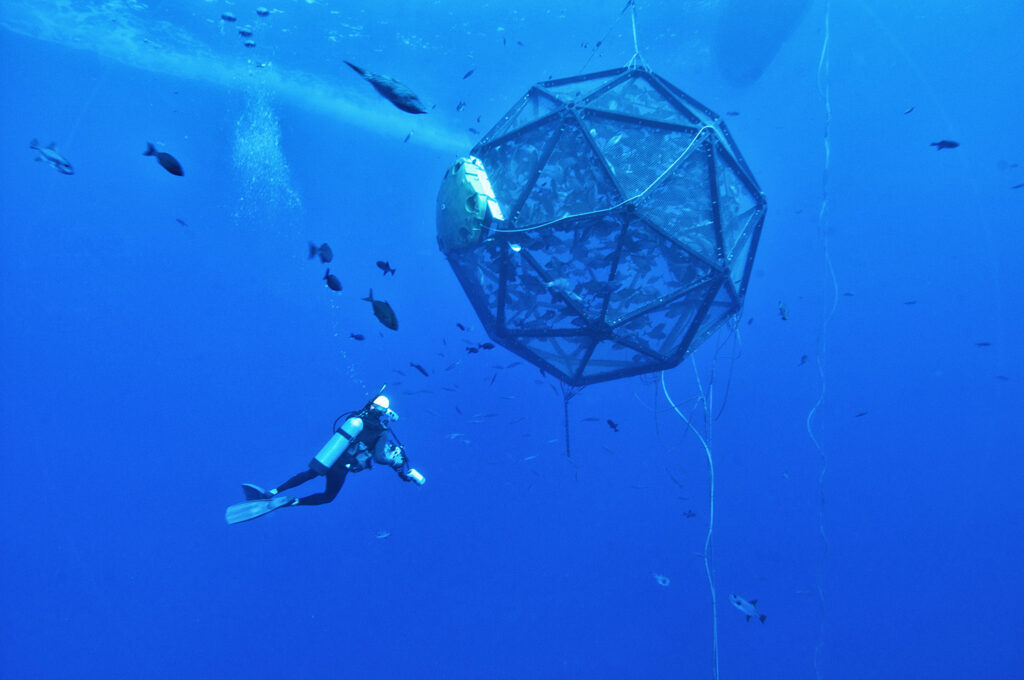
Intelligence
Offshore aquaculture offers a climate change solution, but can farms withstand severe weather events?
The success of open-ocean aquaculture depends on structures that can withstand extreme waves and harsh winds linked to climate change.
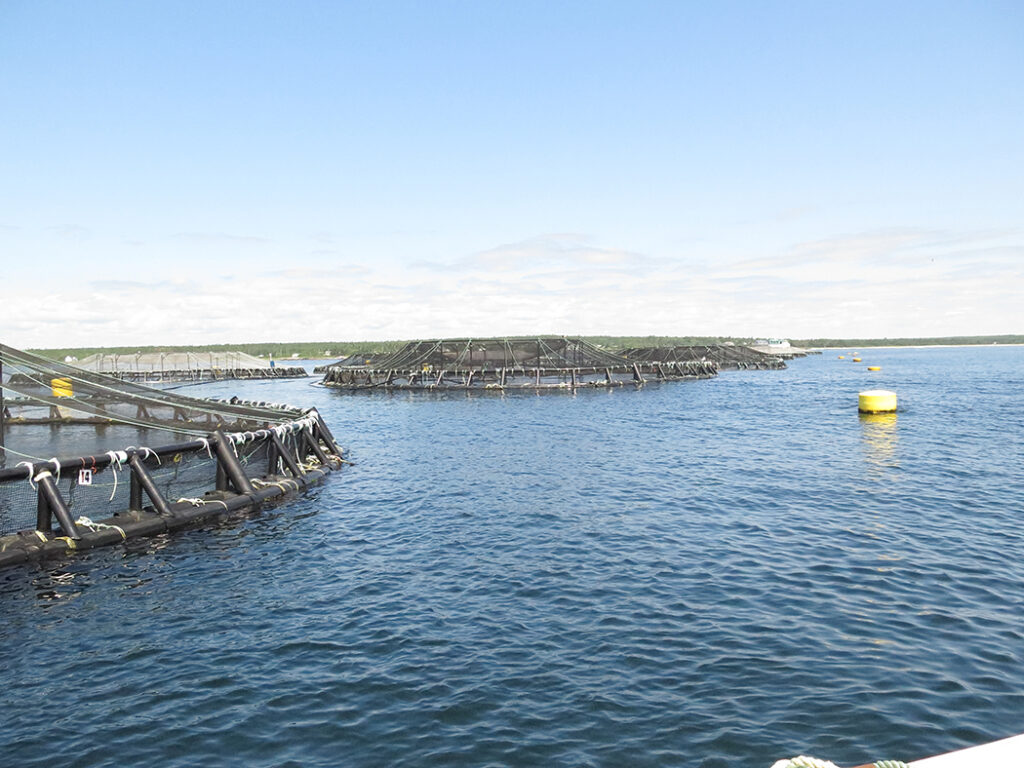
Responsibility
Is Nova Scotia’s seafood economy ready for climate change?
A Centre for Marine Applied Research study will assess the climate change readiness of seafood-dependent communities in Nova Scotia.



